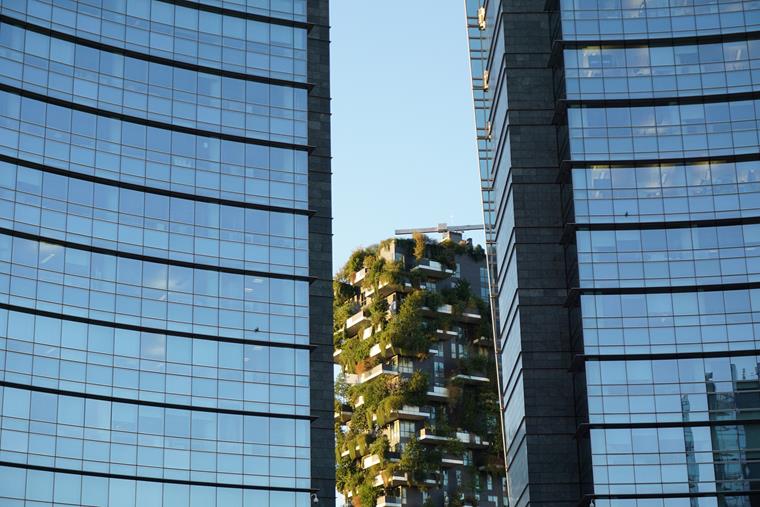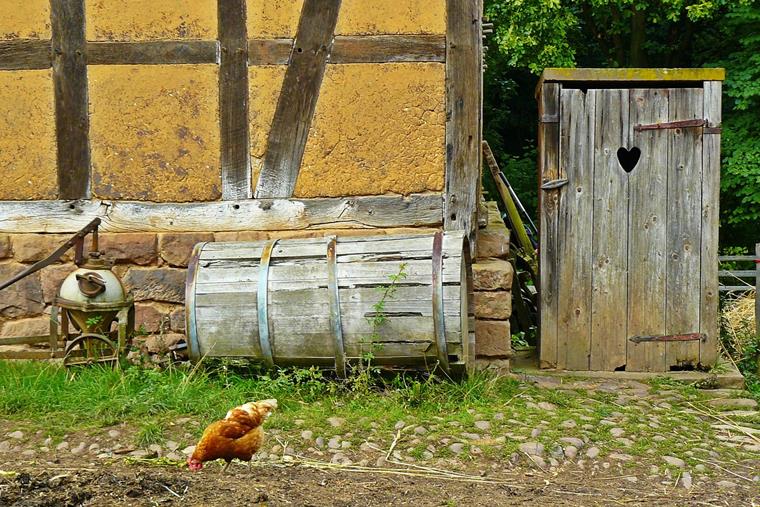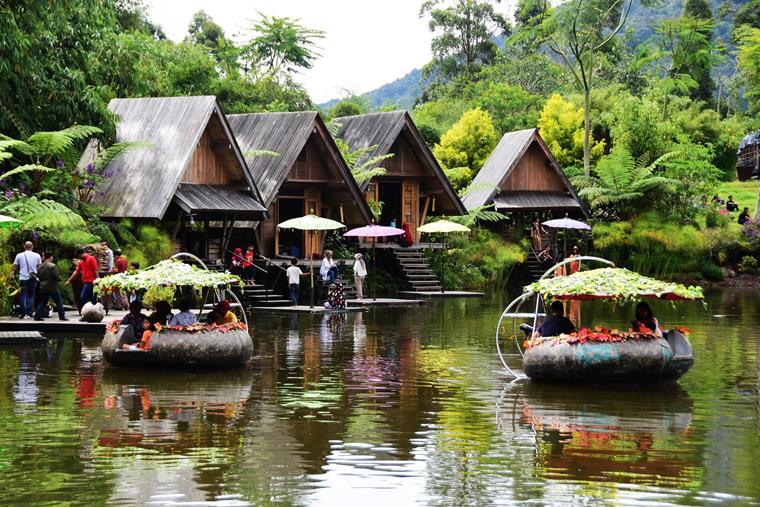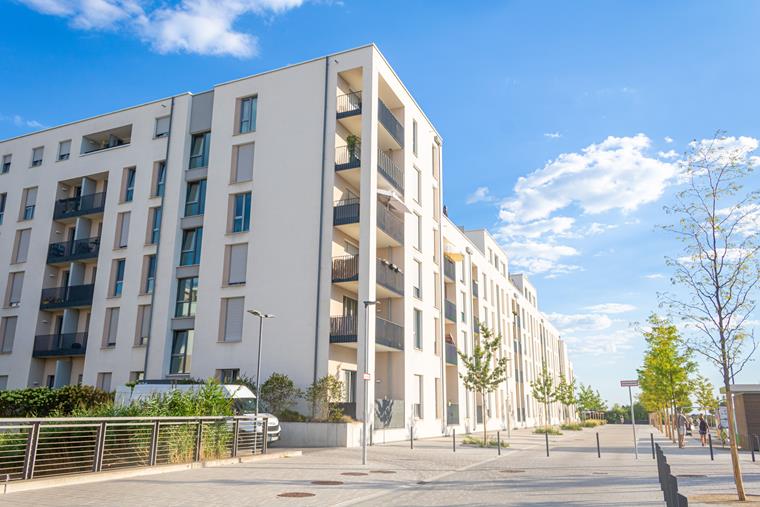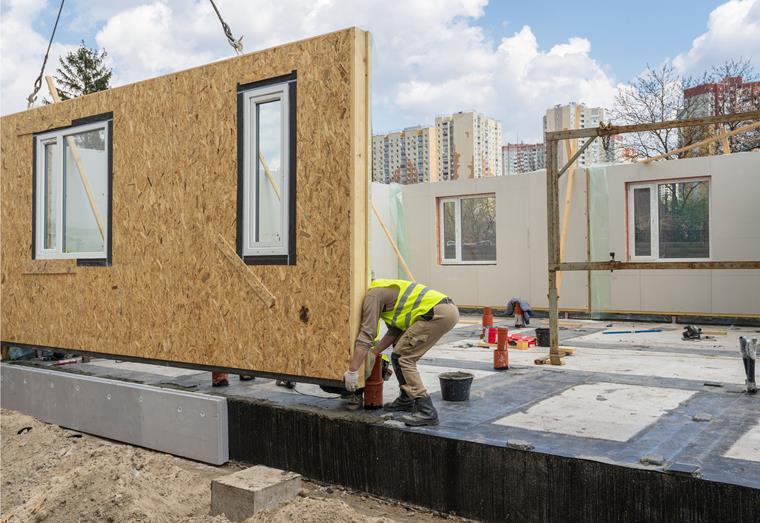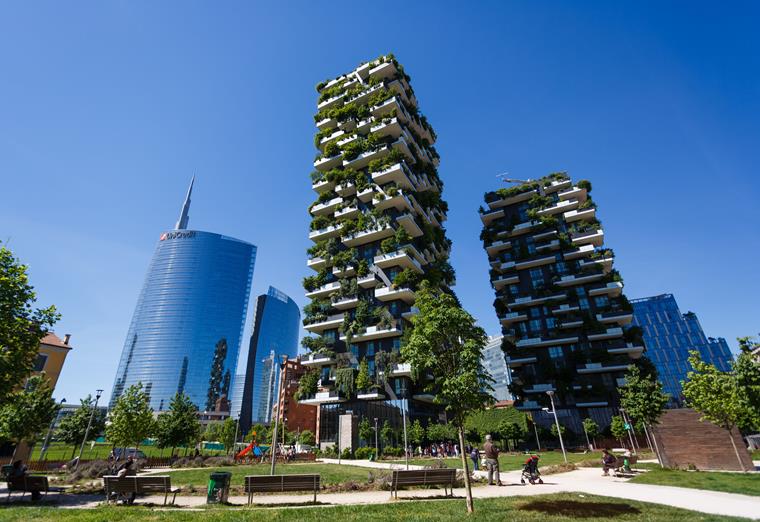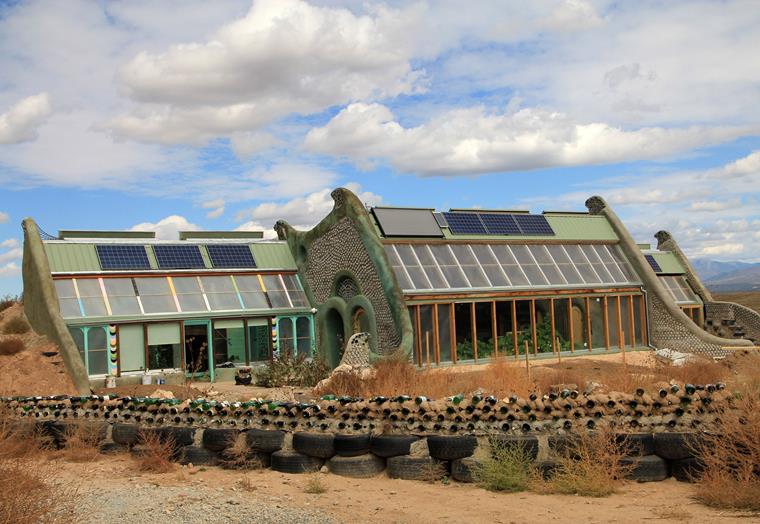Less is more – we are all familiar with this principle in the modern construction industry, especially when it comes to facade design and the individuality of building projects. In this blog post, however, we look at the topic of technology and sustainability.
Although high-tech architecture has been prevalent in the construction industry for decades, architects and engineers have recently been reverting to more traditional construction methods. While buildings can still be enhanced with the latest technology to provide modern benefits, it is important to consider the benefits of tried-and-true methods.
But what about low-tech architecture? Is it possible to achieve great benefits with little technology? In this article, we explore the features that low-tech buildings need to have and provide examples of low-tech architecture. Finally, we summarize our everything for you in a conclusion.
Features of Low-Tech Architecture
Basically, buildings are considered “low-tech houses” or “simple houses” if they are built using conventional, often traditional construction methods and natural materials. Unlike high-tech buildings, which rely on complex technology and intelligent systems, low-tech houses are simple and straightforward.
In low-tech architecture, architects and structural engineers utilize natural resources and construction principles that have been in use for centuries. Let's examine the fundamental principles of low-tech architecture.
The basic principles of low-tech architecture are:
- Sustainability
- Simplicity
- Integration into the environment
Sustainability in Low-Tech Architecture
The topic of sustainability is gaining more and more relevance in our society. Even in the construction industry, people are starting to recognize the importance of acknowledging their own contribution to climate change.
Low-tech architecture pioneers the conservation of natural resources and reduces the ecological footprint of the construction industry. It commonly utilizes local and recycled building materials, as well as natural insulation materials.
Simplicity of Low-Tech Architecture
In the construction industry, complex technical solutions may not always be the most effective. Instead, low-tech architecture with a focus on efficiency and simplicity is often preferred.
Low-tech houses may appear simple and minimalist from the outside, but this approach enables cost-efficient construction and reduces maintenance and repair costs.
Integration into the Environment
Low-tech buildings defy the trend of covering entire landscapes with concrete. The goal of low-tech architecture is to achieve a harmonious unity between buildings and nature, both aesthetically and ecologically.
By using local building materials and adapting to the surroundings, it is possible to create living spaces while preserving the beauty of the landscape. This way, people and nature can coexist without harming either side.
Examples of Low-Tech Architecture
Anyway, what does low-tech architecture look like? This architectural style has its roots in traditional building methods from all parts of the world. Buildings in tropical climates, for example, are often constructed of bamboo – strong, flexible, and a renewable resource found in its natural form, which reduces transportation emissions, among other things.
Another common construction method is the straw bale house. Straw bale houses are constructed from wood and straw, which is used primarily for insulation. The environmentally friendly building material has a very long lifespan with good maintenance and has good insulating properties. This building style is used in rural areas of the USA, for example.
In Europe, but also in other parts of the world, we find earth as a building material mainly in historical buildings: in warm regions it is used completely, in our European latitudes mainly as a filling material for half-timbered houses. In addition to natural thermal insulation, earthen buildings are also characterized by their no-loss recyclability and attractive natural appearance.
Modern Examples of Low-Tech Architecture
These traditional building methods were taken up by various architects and engineers in the modern era. The ideas have been further developed through numerous innovations, resulting in technological marvels that are both sustainable and able to meet modern living standards – but without unnecessary technology.
Passive House
Heidelberg, Germany
Passive houses are the most energy-efficient modern construction method for new buildings. They are highly energy-efficient buildings whose design makes conventional heating and cooling systems unnecessary.
Passive houses manage without additional heating or cooling technology, without negatively affecting living comfort. This is achieved by making efficient use of sunlight and natural ventilation systems, which regulate heat and reduce heat loss.
Passive houses are self-sufficient and do not rely on external energy sources such as fossil fuels. They allow for modern living while promoting sustainability. Heidelberg, Germany, is a well-known area for passive house development, where the buildings are nearly identical to conventional houses in appearance. This is a good compromise between sustainability and modernity.
Modular Houses
WikiHouse Project
The WikiHouse open source project provides construction plans for CO₂-neutral houses that can be assembled from prefabricated components. This modular building system is an innovative project in the sense of low-tech architecture, which has defined the following goals, among others:
- Cost-efficient and quick assembly
- Flexibility and individual adaptability
- Exact precision due to computerized prefabrication
- Sustainability and recyclability
The individual prefabricated plywood blocks are very light (about 88 lb for a ready-to-assemble wall block), yet very durable and have an exceptional load-bearing capacity.
Each module that makes up a building can be easily removed, replaced, and reused. Modular houses are also extremely energy-efficient, both during construction and as living spaces.
The WikiHouse blocks are not produced in a large factory with global connections. Thanks to the open-source construction plans, practically anyone with a CNC machine can become a manufacturer. The idea of creating something great as a community is clearly the focus here.
Green Roofs and Vertical Gardens
Bosco Verticale, Milan (Italy)
Another form of low-tech architecture includes green roofs and vertical gardens, which we have previously discussed in another blog post.
When living space is urgently needed and there is little room for nature, architects and engineers must get creative. Green space that is lost due to development must be replaced in other ways.
One solution is to add greenery to roof surfaces. You may have seen gardens on top of high-rise buildings in movies or series. Another exciting way to integrate plants is through vertical gardens.
Trees, shrubs, and mosses are seamlessly integrated into the facades of houses. A famous example is the Bosco Verticale in Milan, Italy. In this way, nature can be integrated into the architecture.
At the same time, the greening of houses offers improved ventilation and air quality, which noticeably increases living comfort. Additionally, animals such as insects and birds find additional habitats in these green spaces.
Earthships (Biotecture)
New Mexico, USA
The concept of self-sufficient houses, independent of power stations and other utilities, dates back to the 1970s. Most earthships were built in the early 2000s, most by Biotecture, a company dedicated to building sustainable homes.
The earthship is based on six human needs that must be met completely independently of the outside world:
- Food (growing plants)
- Energy (solar power)
- Fresh water (water filters for rainwater utilization)
- Living comfort (use of geothermal energy and natural ventilation)
- Sustainable construction (50% from recycled / upcycled raw materials)
- Treatment of waste water and service water
During construction, these houses showcase a unique feature: they are built using recycled materials, such as glass bottles, old car tires, and cans. Earthships efficiently utilize natural resources like sunlight and rainwater to enable comfortable, self-sufficient living, eliminating the need for external sources of supply. As a result, Earthships meet all the requirements of low-tech architecture.
Conclusion: Low-Tech Architecture
As a counterpart to high-tech architecture, low-tech architecture, as the name suggests, is characterized by efficiency and sustainability without complex technical systems. Specialists in construction are turning to traditional methods of building instead of relying solely on technology.
These methods are being refined, developed, and innovatively improved. The construction industry urgently needs to integrate energy efficiency, durability, and sustainability into its buildings.
Unfortunately, the construction industry has the worst reputation for contributing to climate change, with a large proportion of global CO₂ pollution attributable to it. However, this also means that we have a great deal of leverage to make a difference.
To construct energy-efficient and sustainable buildings, it is not always necessary to rely on smart control units and advanced technology that may wear out or malfunction. Often, it is sufficient to improve upon existing methods to create something innovative. Low-tech architecture follows this approach to promote a more sustainable and healthier future in the construction industry.
